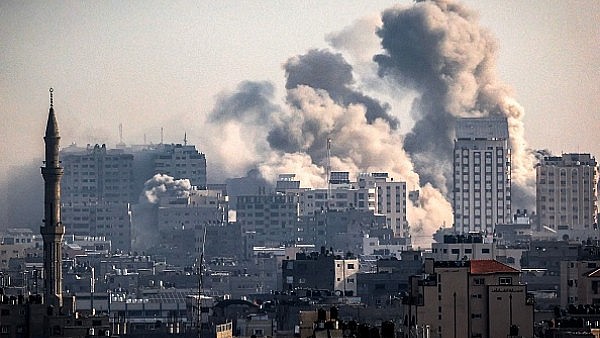 |
| Oil prices today, February 9, oil prices jumped more than 3% due to concerns about the expanding conflict in the Middle East after Israel rejected a ceasefire offer from Hamas. (Source: Getty) |
According to Dailyfx, at 5:30 a.m. on February 9, Brent and WTI oil prices continued to increase. At the end of the trading session on February 8, oil prices jumped more than 3% due to concerns about the expanding conflict in the Middle East after Israel rejected a ceasefire offer from Hamas.
Brent crude futures closed up $2.42, or 3%, at $81.36 a barrel. U.S. West Texas Intermediate (WTI) crude rose $2.36, or 3.2%, to $76.22 a barrel.
Brent oil prices have surpassed $80/barrel and WTI oil prices have risen above $75/barrel for the first time this February.
According to Reuters , on February 8, Israel bombed the southern border city of Rafah after Israeli Prime Minister Benjamin Netanyahu rejected a proposal to end the conflict in Palestinian lands.
“The market is holding its breath as to what the next potential outcome could be,” said John Kilduff, partner at Again Capital LLC, adding that attacks on shipping by Iran-backed Houthi forces continue to disrupt global oil trading.
Meanwhile, on February 8, a Hamas delegation arrived in Cairo (Egypt) to negotiate a ceasefire with Egyptian and Qatari mediators.
In the US, a larger-than-expected drop in gasoline and distillate inventories last week also boosted the oil market. The drop in fuel stocks, combined with a rise in crude inventories, signaled US refinery maintenance.
Ongoing refinery maintenance in the US, coupled with diesel shortages in Europe, could help maintain the current positive sentiment, supporting oil prices higher.
In Russia, damage to refineries from Ukrainian drone attacks and technical problems led to higher-than-expected crude exports in February, potentially undermining the country's commitment to cut supply under the OPEC+ deal, analysts said.
Meanwhile, Norway's Johan Sverdrup oil field - the largest in the North Sea - will maintain steady production at above 755,000 barrels per day until the end of the year. The field's initial planned capacity is 660,000 barrels per day.
Demand growth remains healthy in major oil consuming countries, including India and the United States, said Giovanni Staunovo, an analyst at UBS.
Also on February 8, the US Department of Labor said the number of US unemployment benefit applications fell less than expected last week, pointing to the underlying strength of the job market.
Domestic retail prices of gasoline on February 9 are as follows:
E5 RON 92 gasoline is not more than 22,120 VND/liter. RON 95-III gasoline is not more than VND 23,260/liter. Diesel oil not more than 20,700 VND/liter. Kerosene not more than 20,580 VND/liter. Fuel oil not exceeding 15,590 VND/kg. |
The above domestic retail prices of gasoline and oil were adjusted down by the Ministry of Finance and the Ministry of Industry and Trade in the price management session on the afternoon of February 8. Accordingly, the price of RON 9-III gasoline decreased the most, by VND900/liter, and the price of diesel oil decreased the least, by VND290/liter.
This is the first time since the beginning of 2024 that gasoline prices have experienced a downward adjustment. Before that, gasoline prices had increased continuously for 4 consecutive weeks.
In this management session, the joint ministries criticized the establishment of a stabilization fund for fuel oil at 300 VND/kg; not spending the stabilization fund for all remaining fuels; and continuing not to deduct or spend from the Petroleum Price Stabilization Fund.
(synthetic)
Source



![[Photo] Deep sea sand deposits, ancient wooden ship An Bang faces the risk of being buried again](https://vphoto.vietnam.vn/thumb/1200x675/vietnam/resource/IMAGE/2025/11/13/1763033175715_ndo_br_thuyen-1-jpg.webp)




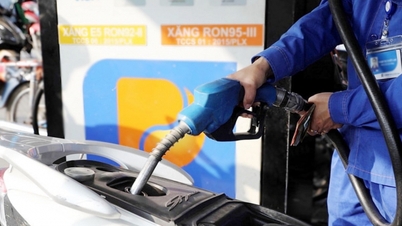



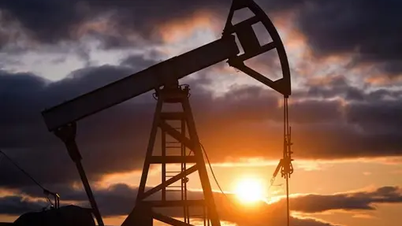



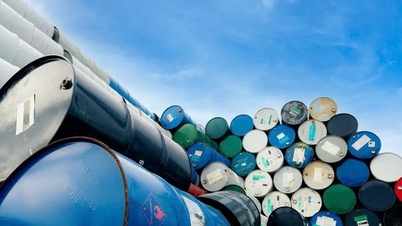

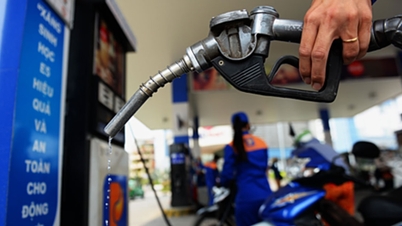



















































































![Dong Nai OCOP transition: [Article 3] Linking tourism with OCOP product consumption](https://vphoto.vietnam.vn/thumb/402x226/vietnam/resource/IMAGE/2025/11/10/1762739199309_1324-2740-7_n-162543_981.jpeg)







Comment (0)